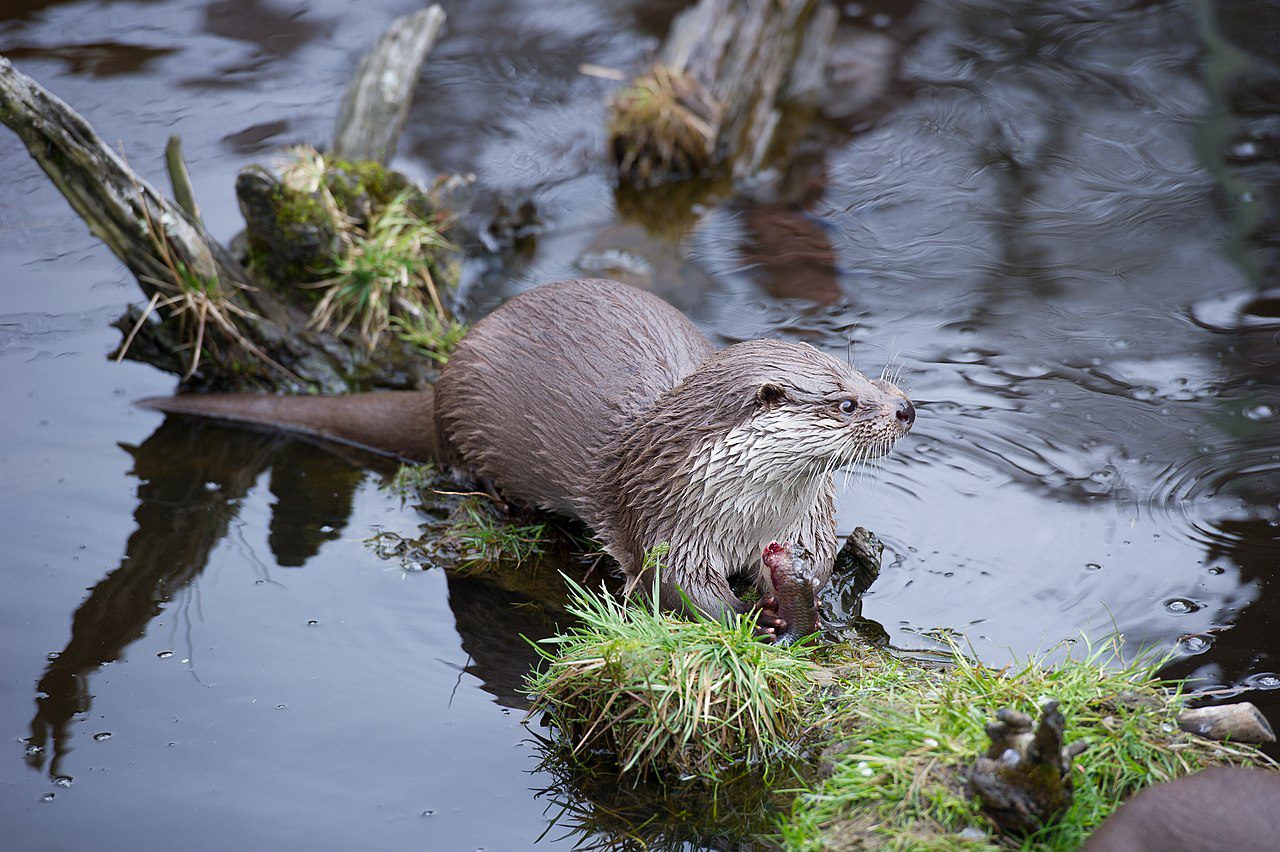Otter

Otter sightings have increased greatly in the Stour Catchment in recent years, which is great news, although they are still few and far between. This species is recovering from a catastrophic decline in the 20th century, caused mainly by habitat loss and a type of pesticide now banned. They were absent from many parts of England, but have since expanded back into most river systems; Kent is one of the areas where they have struggled to regain a foothold.
Even in places where the population is strong, this can be a very elusive species, being nocturnal and naturally shy. Individual animals can move across large distances, some using 20 km of river habitat. Signs that otters are present include footprints and droppings known as ‘spraints’. Often placed prominently by males to mark territory, spraints are distinctive, smelling of jasmine tea or laurel flower, and can contain fish scales and bones, shells of crustaceans, feathers and fur, reflecting their varied diet. Fish, especially eels, are their staple food. Otters have full legal protection under the Wildlife and Countryside Act.
KSCP have been working to support the return of otters for many years, including the construction of artificial otter holts in river banks.
